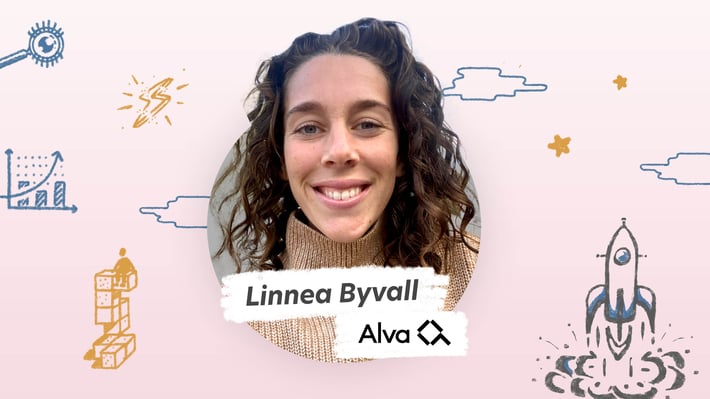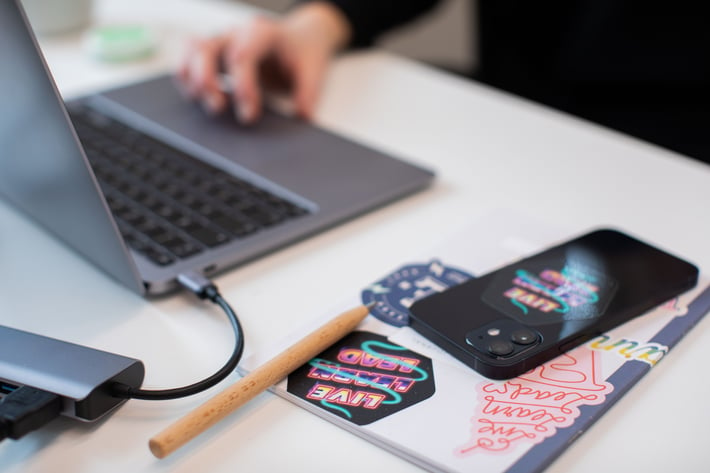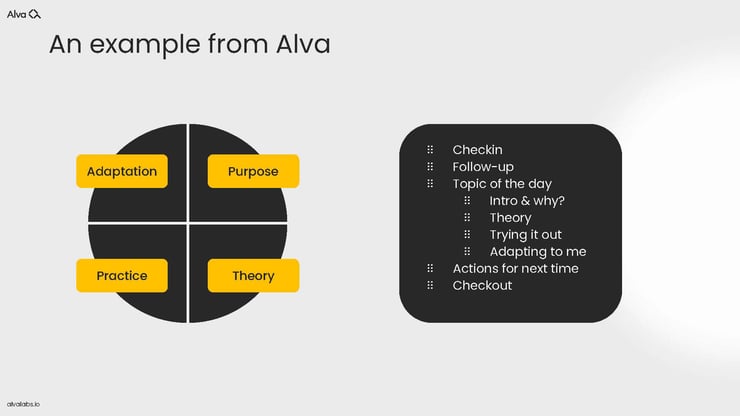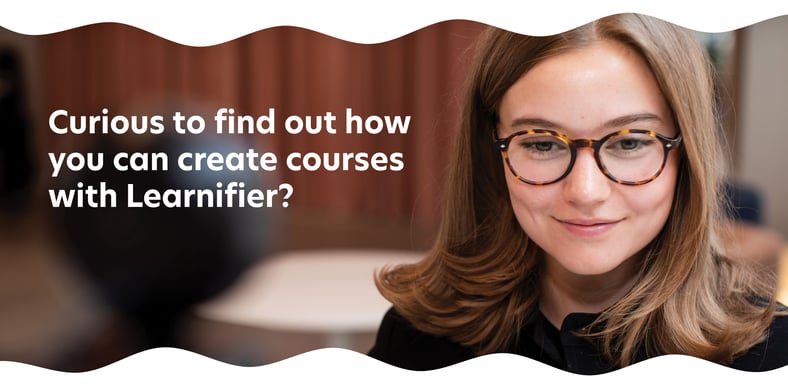In the swiftly evolving landscape of organizations, adaptability is vital for success. The ability to steer behavioral change within learning initiatives stands as an imperative, ensuring that the knowledge gained doesn’t stagnate in the classroom but translates into tangible, transformative actions.
Often, learning initiatives fall short when the focus remains solely on the dissemination of information rather than its application. A scenario familiar to many managers is the post-training disillusionment, when despite participants’ enthusiasm during a well-received workshop, real-world results fail to materialize. Why does this happen?
– People tend to stick to familiar habits because their brains are wired that way. Metaphorically, it’s like using well-traveled highways instead of navigating difficult, unfamiliar paths, says Linnea Bywall, Head of People at Alva.

Linnea Bywall, Head of People, Alva Labs
Linnea is also a revered influencer in the HR domain and has worked with learning and leadership development for years. In her opinion, a fundamental shift in approach is necessary to create long-term behavioral change.
"80% of behavior change stems from consequences"
– People set New Year's resolutions, flooding gyms and embarking on new ventures in January. Yet, commitment usually fades fast. Establishing habits is the real challenge, as all change demands persistent effort and unwavering dedication. It doesn't happen magically.
The Super Mario syndrome
Linnea talks about playing video games as a valuable learning experience, analyzing it using the ABC model which identifies an Activator (A) prompting a Behavior (B) followed by Consequences (C). While the activator is the trigger, a whopping 80% of behavior change stems from consequences, emphasizing the significance of immediate, positive outcomes. These consequences can be short-term applause in a meeting or long-term improvements in skills.
– Focusing not only on the activation aspect but also on behavioral aspects and their consequences becomes paramount. When we learned how to play Super Mario Bros, the consequences controlled the learning. And the improvement and reward was always instant. The same thing should apply to learning within the organization.

Moreover, she believes that the transformational journey necessitates a departure from traditional classroom setups. Learning should be a continuous, interactive process, spread across shorter sessions.
– Practical assignments enable participants to venture into the wild, applying newfound skills. But reflection is also vital, ensuring that the learning aligns with individual mental routes. For some, staying somewhat close to the established highway might be better than going completely off road.
Creating positive transformations
At Alva, a holistic approach to learning is adopted. Workshops, spanning leadership essentials to behavioral impact, are complemented by individual assignments, fostering real-world practice. Peer reflections facilitate diverse perspectives, while identifying mental highways offers tailored routes to behavioral change. Emphasizing strengths over weaknesses, this model optimizes mental energy, ensuring sustainable, positive transformations.
– Each workshop kicks off with a clear purpose, setting the stage for a brief theoretical session where I delve into the intricacies of the subject matter. Following this, we dedicate approximately an hour to practical exercises, concluding the session with an essential phase of adaptation. This approach, known as the format model of learning, stands as a cornerstone of our effective blended learning methodology.
"The follow-ups prove invaluable as they create immediate consequences."
All Alva workshops are two hours long and maintain a steadfast routine, ensuring a cohesive and productive experience for participants. The session commences with a group check-in, where the overall mood and individual requirements are assessed. This is followed by a focused 25-minute review of assignments from the prior workshop. This period not only fosters self-reflection but also serves as a crucial platform for personal development. They then delve into the day's topics, guided by the structured format model.

– The follow-ups prove invaluable as they create immediate consequences. When participants have completed their assignments, we discuss the outcomes, fostering a collective learning experience. Even when someone hasn’t completed their task, there is inherent value in this situation, as it encourages individuals to contemplate their choices and why they opted for certain paths over others. This reflective process adds depth to the learning journey, making each workshop a transformative and enriching experience.
In essence, driving behavioral change in learning initiatives extends beyond the classroom, delving into the complexities of human behavior. It demands not just sporadic training but an ongoing, immersive experience.
– By embracing the ABC model, incorporating interactive, reflective sessions, and recognizing the power of immediate consequences, organizations can pave the way for lasting transformations, Linnea Bywall concludes.
![]() Curious about effective strategies for driving behavioral change? Dive into our insightful webinar featuring Linnea Bywall!
Curious about effective strategies for driving behavioral change? Dive into our insightful webinar featuring Linnea Bywall!
At Learnifier, we are dedicated to the power of knowledge sharing. By customizing and perfecting our tool to align with the evolving needs of contemporary organizations, we are paving the way for the future of learning.
.png?width=153&height=58&name=Learnifier%20TextLogo%20NearBlack%20-%20PNG%20MEDIUM%20-%20800px%20(2).png)






